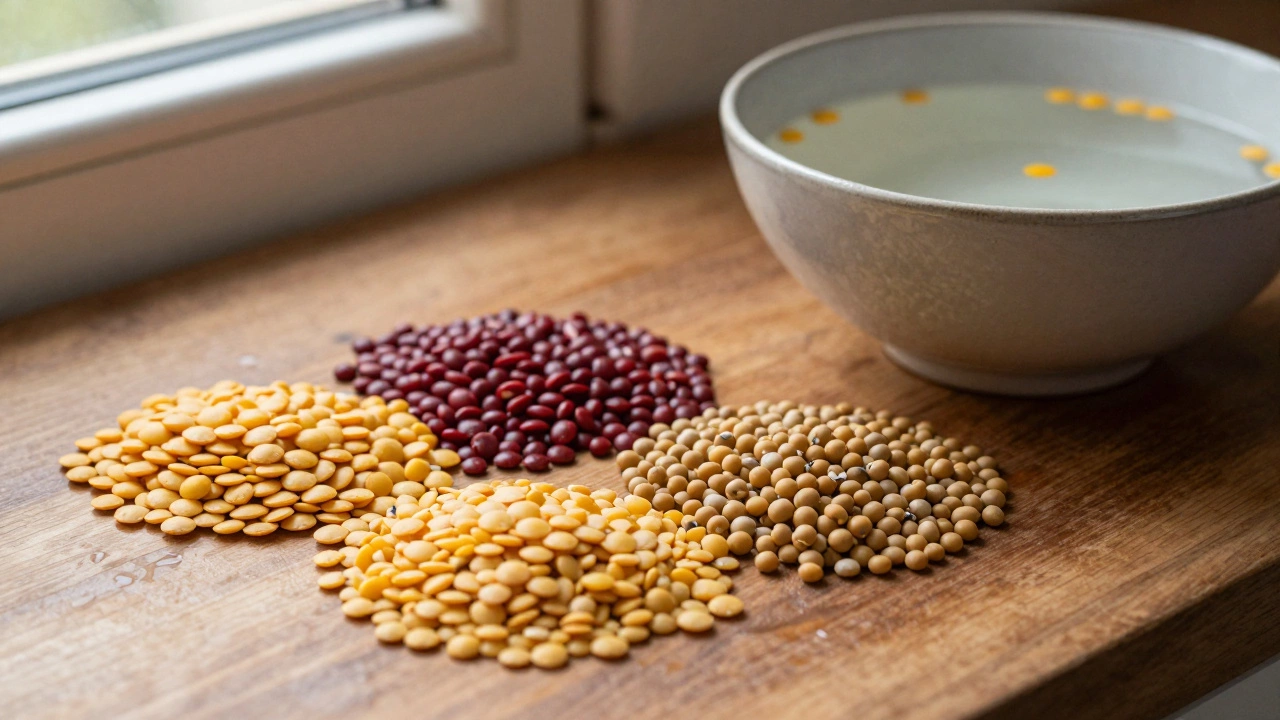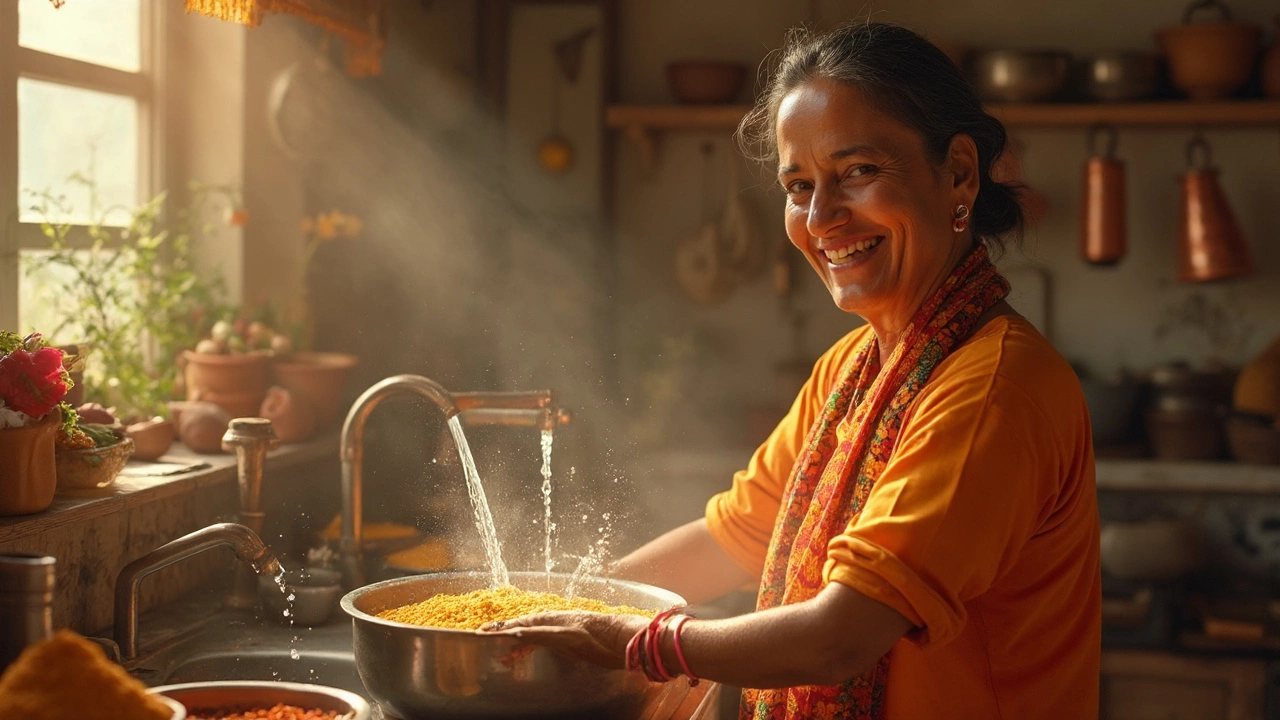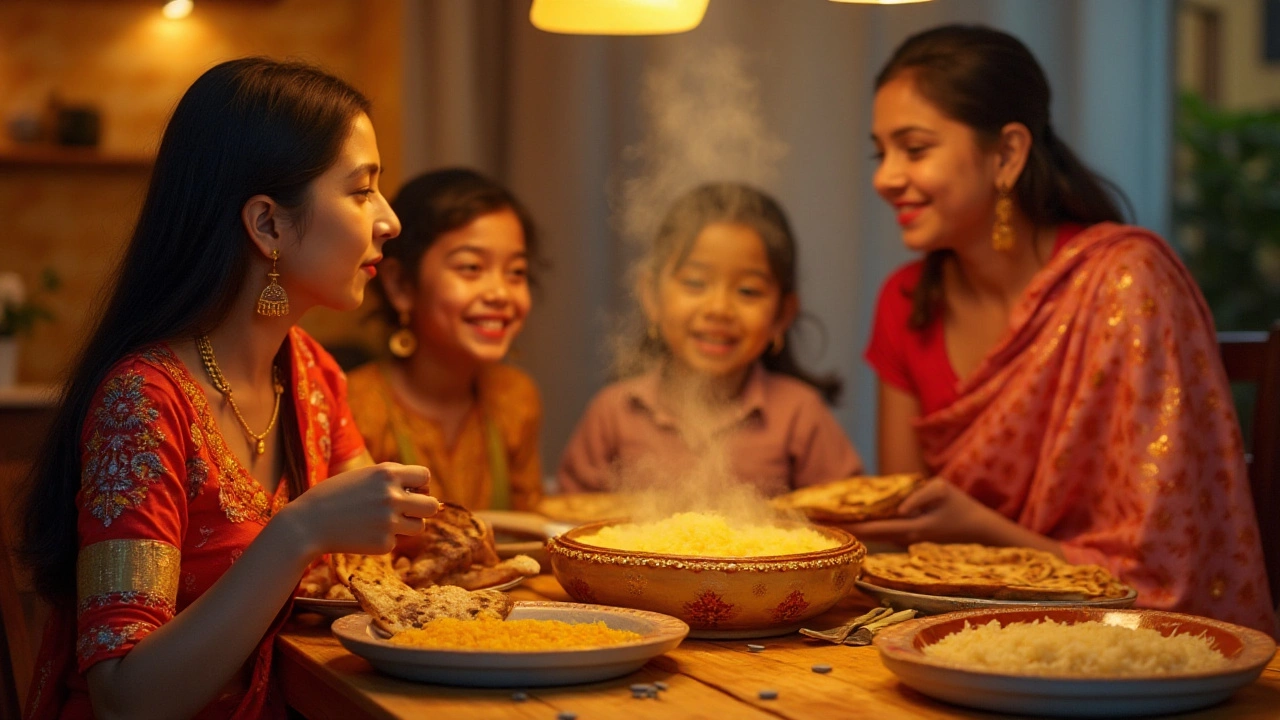Dal Recipe: Quick, Tasty Indian Lentil Dishes
If you’ve never cooked dal, don’t worry – it’s as easy as boiling beans and adding a few spices. Dal is a staple across India, and it can be a hearty bowl for lunch or a side for dinner. Below you’ll find the basics, plus a few twists that keep things interesting.
Basic Dal Cooking Steps
Start with any split lentil – red, yellow, or split pigeon peas work best for beginners. Rinse them under cold water, then toss them into a pot with three cups of water for every cup of lentils. Bring it to a boil, skim off the foam, and let it simmer until the lentils are soft. This usually takes 15‑20 minutes for red lentils and 30‑35 minutes for tougher varieties.
While the lentils are cooking, heat a tablespoon of oil or ghee in a small pan. Add a pinch of cumin seeds, a few chopped garlic cloves, and a dash of mustard seeds if you like. When they start to pop, stir in chopped onion, tomato, and a pinch of turmeric. Let it sauté for a couple of minutes, then pour the mixture over the cooked lentils. Salt to taste and stir.
Finish with a handful of fresh cilantro and a squeeze of lemon juice. The lemon brightens the flavor, and the cilantro adds a fresh pop. Serve the dal hot with rice, roti, or even a side of sautéed greens.
Creative Dal Variations
Once you’ve mastered the simple version, you can play with ingredients. Add a spoonful of coconut milk for a creamy texture, or toss in spinach leaves for extra nutrition. If you prefer a smoky flavor, stir in a pinch of smoked paprika or add a tempering of dried chilies and curry leaves at the end.
For a protein boost, mix in cooked chickpeas or diced paneer after the dal is done. A quick drizzle of tamarind paste or a spoonful of mango chutney can give your dal a tangy twist that brightens the whole dish.
Don’t forget regional styles. South Indian dal often includes coriander seeds, dried red chilies, and a splash of tamarind, while North Indian versions rely on garam masala and a dollop of butter. Pick a style that matches the rest of your meal, or try both in one week.
When you make dal, you’ll notice it gets better the next day. The flavors meld, making leftover dal a perfect lunch for busy weekdays. Store it in an airtight container in the fridge for up to three days, or freeze portions for longer storage.
Quick tip: if the dal gets too thick after cooling, simply stir in a little warm water or broth to reach your desired consistency. It’s a flexible dish, so adjust the thickness to suit your preference.
Now you have a solid foundation and a handful of ideas to keep your dal exciting. Grab a pot, a few spices, and enjoy the comfort of a classic Indian dish any day of the week.
How Long Should I Soak Dal Before Cooking? Expert Guide for Perfect Texture
Soaking dal before cooking improves texture, cuts cooking time, and aids digestion. Learn exactly how long to soak each type of lentil for perfect results every time.
Do You Need to Rinse Dal? The Answer Might Surprise You
Rinsing dal might seem like a small step, but it can completely change your dish. This article explores whether rinsing dal is actually necessary, what happens if you skip it, and how it impacts taste and health. Learn the science behind rinsing plus practical kitchen tips from seasoned cooks. Make every dal recipe simpler—and tastier—with these insights.
Why Eating Dal at Night is Beneficial
Delve into the reasons why having dal for dinner might be the comforting meal you didn't know you needed. Discover the nutritional benefits of this humble dish and learn simple recipes to make your nighttime meals both delicious and healthy. Dal, a staple in Indian homes, not only brings warm flavors but is also packed with nutrients that aid digestion and improve sleep. Explore how this legume can be a vital component of a well-balanced diet. Find out the various types of dal available and pick some handy tips for quick and easy recipes.


